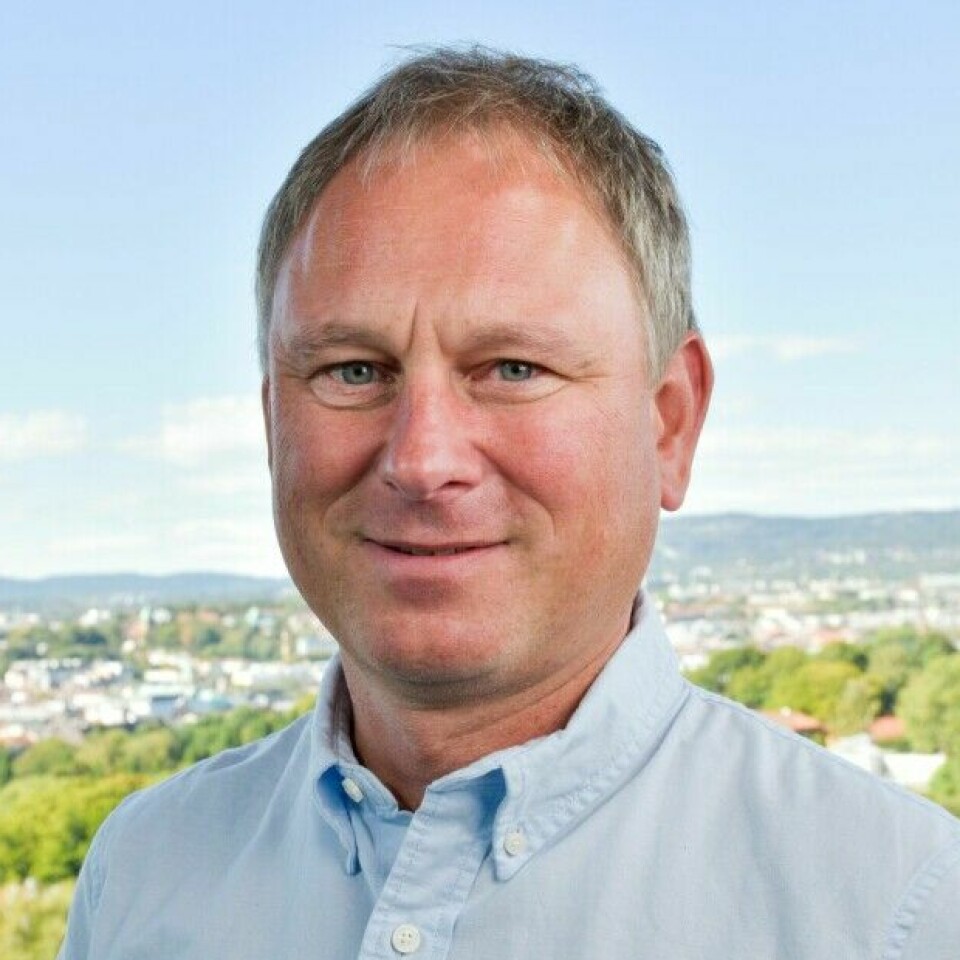
The amount of research in the last seven years has grown by 50 per cent. Are important findings being overlooked?
This flood of new studies may affect research quality, and people may lose confidence in science as a result, a group of researchers believe.
Every day, a huge volume of new research is published in journals and books.
Worldwide, there were 2.8 million new studies in 2022. That is an increase of almost 50 per cent in seven years.
“An important explanation for the growth in published studies is that there are more researchers,” Dag W. Aksnes says.
He is a researcher at the Nordic Institute for Studies in Innovation, Research and Education (NIFU).
“From 2013 to 2021, the number of researchers in EU countries increased by several hundred thousand, and in China alone, there was an increase of one million researchers,” he tells sciencenorway.no.

A researcher has to keep up-to-date in their field by following new studies. But when there’s so much more new knowledge all the time, that task becomes impossible.
Not possible to read everything
As early as 20 years ago, Aksnes warned that important results could be buried in the flood of less important publications.
“It’s an even bigger problem today. It’s difficult for researchers, even in narrower fields, to find their way around new publications. This is also true for me. I have no chance of reading all the new studies in my field,” he says.
In Norway alone, 29,000 new studies were published last year.
That is a significant increase. From 2013 to 2021, the number of publications from Norway increased by 49 per cent, according to Aksnes.
At the same time, the number of Norwegian researchers increased by 26 per cent.
One explanation for the increase in Norwegian publications is international cooperation. Researchers collaborate more than before, often with colleagues in other countries.
Most viewed
Not a surprising increase
Today, it’s common for many researchers from a range of countries to work together on one scientific article. If one of the researchers works in Norway, the article is counted in the Norwegian statistics.
Another way to count publications is to look at the researcher's contribution to the article.
If, for example, a Norwegian researcher publishes an article with a colleague from the USA and a colleague from Sweden, it is counted as a publication in all three countries, but when measured by the author’s contribution to the article, each country gets one-third.
Measured using this metric, the increase in publications from Norway is not sensational.
“When we look at Norwegian researchers' contributions to publications, the volume increased by 27 per cent, or roughly the same as the growth in the number of researchers. Therefore, it's the researchers from other countries that have caused us to see an extra increase in the number of publications here in Norway," Aksnes says.
He nevertheless believes that it is also important in Norway to put a spotlight on the large number of published studies.
Concerned about public trust
A group of British and Spanish researchers have looked at developments in scientific publications. They are concerned about people's trust in the research.
They have compared different publishers and how they ensure research quality.
“Confidence in science depends on research being carried out correctly. This means that scientific articles must undergo a thorough scrutiny,” says Mark Hanson from the University of Exeter in the UK, one of the researchers behind the new study.
When a researcher has submitted a scientific article to a publisher, it must be quality assured by other researchers, in a process called peer review.
This means that other researchers in the field go through the submitted article and assess whether it is good enough. Some articles are rejected, while others are sent back for revision or improvement. This takes time.
Some publishers take peer review too lightly, according to the research group. They fear it will affect the overall reputation of research.
37 days is not enough
Two publishers in particular are responsible for much of the growth in international publications: Multidisciplinary Publishing Institute (MDPI) and Elsevier.
MDPI alone accounts for 27 per cent of the growth since 2016, the new study shows.
One reason is that they and other publishers create special issues from a conference or on a specific topic. An editor is then responsible for inviting other researchers to write articles. The turnover time is very short, only 37 days on average.
It is more common for journals to spend months processing and quality-assuring an article from submission to publication.
Publishers like MDPI and Elsevier are commercial and must be run at a profit. It pays for them to publish a large volume of articles.
Researchers pay thousands
“Some of the new publishers have even less thorough quality control than before. They make money by publishing many articles,” Aksnes says.
Scientific articles often deal with complicated theories, investigations, and relationships. Mark Hanson and his colleagues believe it is important to spend plenty of time on thorough peer reviews. Quick work compromises the quality of the research.
Dag Aksnes is also concerned about how publishers have changed their business model.
In the past, publishers made a living from universities, researchers, and libraries that subscribed to the journals. Now, they also charge researchers, usually through their employers, for publishing.
“It often costs tens of thousands of Norwegian kroner to get a small article published in a journal,” Aksnes says.

Thinly sliced research
A number of researchers have pointed out that the 'salamisation' of research results can be a problem.
The term is derived from the word salami, which in this case has been cut into razor-thin slices. This term is used to describe when a researcher chooses not to publish all their results in one large scientific article, but instead divides them into smaller parts and publishes each part separately. That’s how a single researcher can publish many publications.
“It's difficult to assess whether a study has been salami sliced, because sometimes it's appropriate to divide the results into several articles,” Aksnes says.
It can also be beneficial to publish everything at once.
“A hefty study with many scientific results will likely get more citations – and that's good for the researchers,” Aksnes says.
A citation is when a researcher's study is used by other researchers in their own work, and is cited in the reference list.
Some scientific articles are frequently cited, while many rarely or never are, according to Aksnes.
Many are rarely cited
The 19,000 scientific articles that Norwegian researchers contributed in 2018 have been cited 450,000 times in the international research literature, according to Aksnes. But the distribution is uneven:
“30 per cent of these articles were cited five or fewer times, while one per cent was cited more than 200 times. Those that were cited the most accounted for a quarter of all citations for Norwegian research articles,” Aksnes says.
But it is not as simple as thinking that articles without citations have little value. They can still be important for advancing research. For example, they can confirm the results of previous studies or establish that two things are not connected.

Large gaps between major discoveries
The large number of articles leads to a corresponding increase in requests to participate in peer review. Researchers do this without payment.
“Journals depend on researchers doing this voluntarily. And there are many requests. I myself get so many that if I said yes to all, I wouldn't be able to do anything else,” Aksnes says.
The entire publishing system is under pressure, he says. As a result, there has also been a reaction.
Many institutions have joined the Coalition for Advancing Research Assessment. Several Norwegian universities and research institutions are involved, including the Research Council of Norway. They emphasise the diversity in research methods and practices.
“And not least, they want results to count for more than the number of publications,” Aksnes says.
Already in 1999, Aksnes wrote about the increased volume of publications. At that time, he wrote that "most of what is published will never have any significant scientific importance".
“That remains true. There are large gaps between the major discoveries,” Aksnes says.
———
Translated by Nancy Bazilchuk
Read the Norwegian version of this article at forskning.no





































